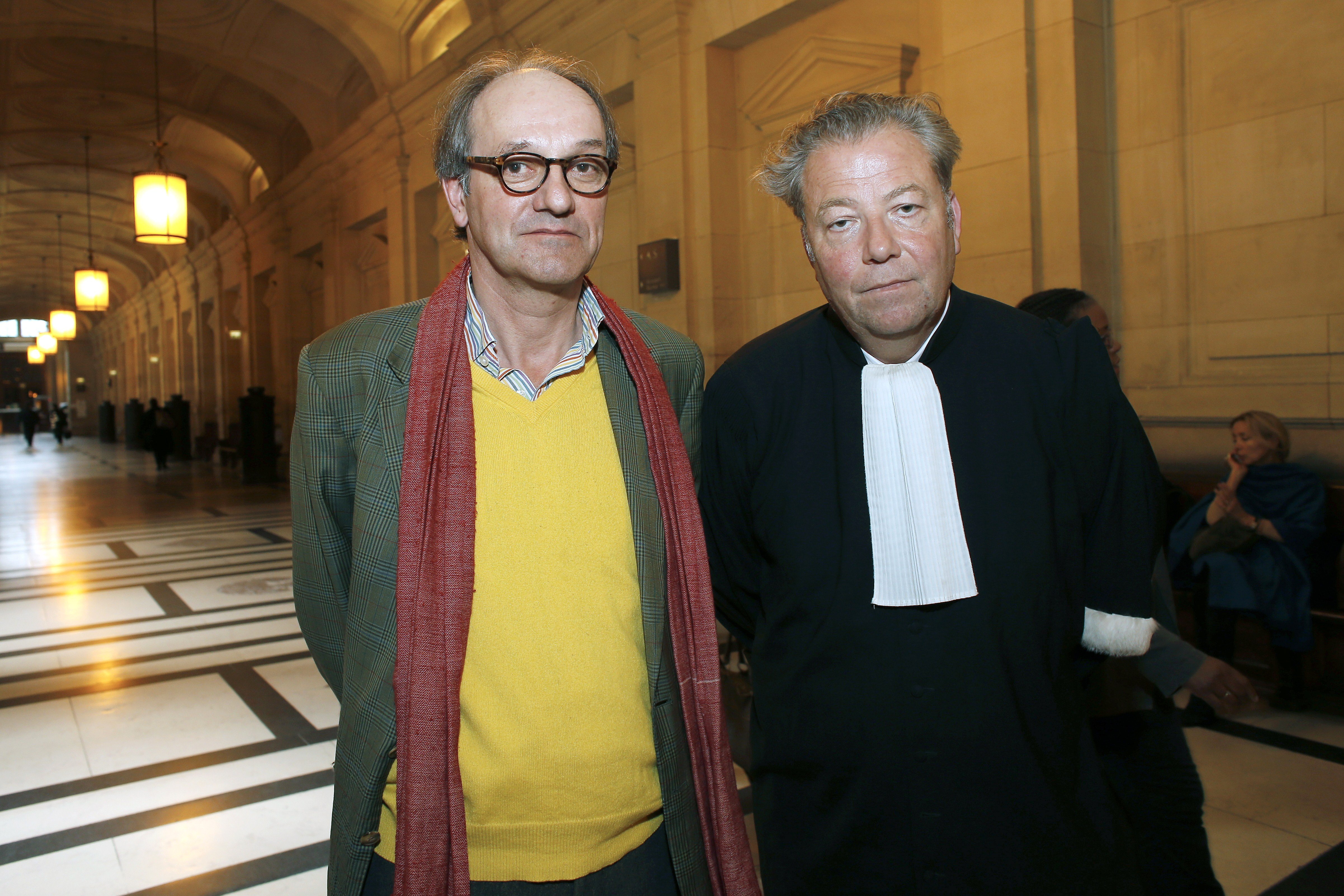
A battle has been brewing in Venice over the state of the Peggy Guggenheim Collection since 1992, and, despite numerous legal setbacks, her descendants do not look to be giving up the fight any time soon. In an in-depth analysis of the ongoing court battle, Vanity Fair reveals that the grandson who has reportedly spent $100,000 in legal fees in order to fulfill Guggenheim’s wishes actually “clapped” when she died.
An heiress whose father died aboard the Titanic, Peggy Guggenheim amassed a modern collection of 326 paintings and sculptures by artists including Constantin Brancusi, Alexander Calder, Salvador Dalí, Willem de Kooning, Marcel Duchamp, Alberto Giacometti, Wassily Kandinsky, Joan Miró, Pablo Picasso, Jackson Pollock, and Mark Rothko.
Guggenheim moved to the Palazzo Venier dei Leoni on the Grand Canal in Venice in 1949. She is thought to have spent $60,000 on the building where she would spend the rest of her life, and indeed, all of eternity—Guggenheim is buried along with her beloved dogs in the palazzo garden.
She died in 1979, bequeathing her collection and its Venetian home to the foundation founded in 1937 by her uncle, Solomon R. Guggenheim.
The Peggy Guggenheim Collection is housed in the Palazzo Venier dei Leoni, on the Grand Canal in Venice. Courtesy of David Heald/© Solomon R. Guggenheim Foundation, New York.
“I could not help myself: I clapped and whooped,” wrote Sandro Rumney—son to Guggenheim’s only daughter, Pegeen, and her second husband, Ralph Rumney—of his grandmother’s death, as reports Vanity Fair. “I know it sounds awful to celebrate someone’s death, but Peggy had brought so much misery into my life that her passing felt like a relief.”
Nevertheless, it is Rumney, his siblings, and their children who have become the defenders of what they see as Guggenheim’s wishes to have the collection displayed as it was during her lifetime. (The descendants of Guggenheim’s son, Sindbad Vail, are supportive of the foundation.) The court ruled in the Guggenheim foundation’s favor in 1994, and an arrangement between the two sides was reached in 1996.
The smoldering disagreement reignited in 2014, however, when Rumney objected to the museum’s acquisition of—and prominent signage referring to—the Schulhof Collection, a selection of postwar European and American art bequeathed by founding and longtime Peggy Guggenheim Collection Advisory Board member Hannelore Schulhof when she died in 2012.
Rumney wasn’t the only one who objected to Guggenheim’s collection sharing the spotlight with that of the Schulhofs. “It’s absolutely wrong and morally objectionable to break her will,” former Peggy Guggenheim Collection curator Fred Licht told Vanity Fair. “I consider it a crime. Grave robbing.”
American art collector and millionairess Peggy Guggenheim with her pet dogs outside her eighteenth century Venetian palace on the Grand Canal in 1968. Courtesy of Keystone/Getty Images.
Moving forward, Rumney doesn’t want any works that were not part of Guggenheim’s original collection to be displayed at the palazzo. He suggests that such artworks, including six works he himself donated, be shown instead in other nearby buildings owned by the foundation. Though court decisions in 2015 and 2016 have also gone against him, he has every intention of continuing litigation.
“She never hugged me, never touched me, never kissed me,” Rumney admitted to Vanity Fair. “Even though we fought, I loved her. We have to carry on the legacy. I want to see the collection the way Peggy left it. It’s not fair at all.”